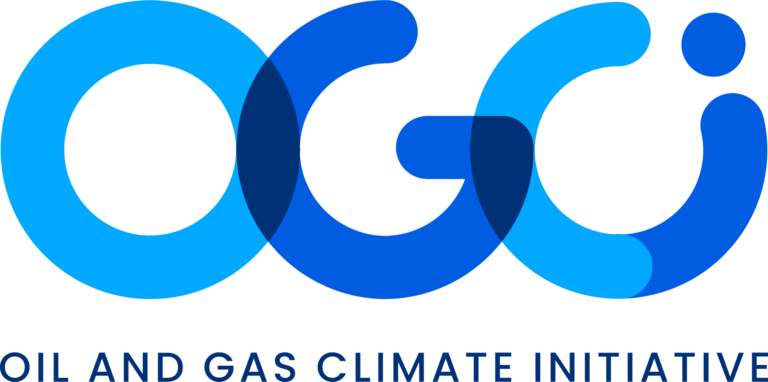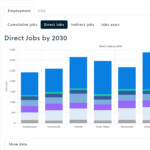OGCI, the Global CCS Institute, the International Association of Oil & Gas Producers and Halliburton have released the fourth update of the CO2 Storage Resource Catalogue. The update brings the total number of carbon dioxide storage resource sites evaluated to 1272 across 54 countries, highlighting the potential of carbon capture and storage (CCS) in mitigating climate change.
The catalogue, and its associated online tool, is an independent worldwide evaluation of geologic CO2 storage resource assessments. It assesses CO2 storage resource sites from the perspective of commercial viability and readiness, as well as technical opportunity, classifying published CO2 storage resource evaluations from around the world, using the Storage Resources Management System (SRMS).
Our latest report summarizes the findings, methodological refinements and current status of the assessment effort and includes an appendix of country-specific reports.
This is the fourth of six cycles which analyses oil and gas fields and saline aquifers as resource sites.
The latest report indicates a total of 14316.6 gigatonnes (Gt) of aggregated global storage resource. Of this, 626.5 Gt is classed as discovered and 3.1 Gt as commercial. This means that 13,434 Gt is undiscovered and, of 54 countries assessed, only Australia, Canada, Norway, and the US include any commercial resource.
While the analysis indicates substantial storage potential that could underpin progress in CCS initiatives, the commercial readiness of global storage resources is hindered by a lack of CCS-specific regulations and policy support in many countries.
The CO2 Storage Resource Catalogue is ongoing project which aims to provide a clear picture of global storage potential, with evaluations from different groups of countries or regions added with each cycle update. The catalogue, along with its online database, is designed as a self-sustaining resource for policymakers, researchers, and industry stakeholders who can input their own storage assessments.
Background:
- OGCI has worked with other organizations to help the industry broaden its approach to include the build out of large interconnected regional CCUS hubs that can store emissions from multiple different high-emitting industries using shared transport and storage infrastructure.
- OGCI’s member companies are now actively involved in developing over 40 large-scale CCUS hubs around the world. The hubs OGCI members are involved in have the potential to capture over 300 million tonnes of CO2 a year by 2030.
- The International Energy Agency’s Clean Energy Tracker sees a need for 1.2 gigatonnes a year of CCUS capacity to keep the world on track to net zero.
OGCI
- OGCI is a CEO-led initiative comprised of 12 of the world’s leading oil and gas companies.
- It aims to lead the oil and gas industry’s response to climate change and accelerate action toward a net zero emissions future consistent with the Paris Agreement.
- Over the past decade OGCI members have demonstrated the essential role that oil and gas companies can play in delivering a net zero future.
- Since 2017, our members have collectively halved methane emissions and cut flaring by 45%, invested $65bn in low-carbon technologies and shared best practices across our industry and other sectors to accelerate decarbonization.
- OGCI’s members are Aramco, bp, Chevron, CNPC, Eni, Equinor, ExxonMobil, Oxy, Petrobras, Repsol, Shell, TotalEnergies.




